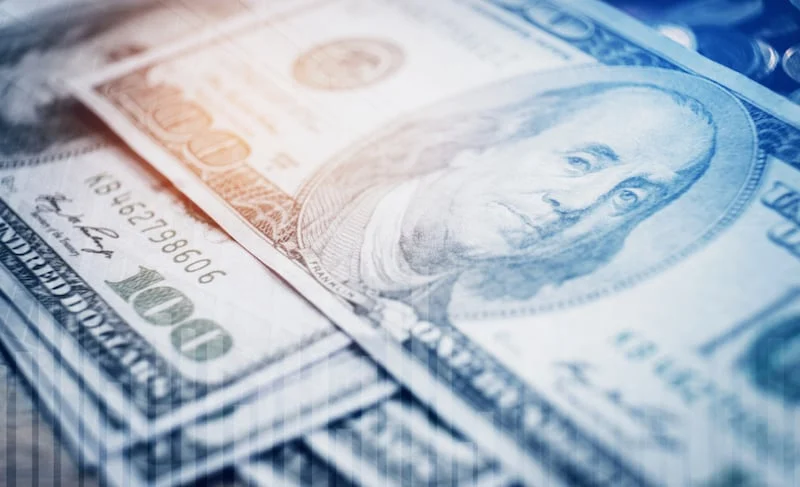
The US dollar languished at its weakest against the euro since September 2021 on Tuesday, as President Donald Trump’s spending bill stoked fiscal worries while uncertainty around trade deals remained a drag on sentiment.
Investors have also started wagering on a quicker pace of monetary policy easing by the Federal Reserve this year ahead of a slew of US economic data this week, headlined by Thursday’s non farm payrolls report.
Read-Is the dollar driving gold prices down? Here’s what you need to know
That spurred dollar-selling, leaving the euro perched at a near four-year high of $1.1808. The single currency surged 13.8 per cent in the January-June period, its strongest-ever first half performance, LSEG data showed.
Sterling was steady at $1.3739, not far from the three-and-a-half-year high it touched last week, while the Japanese yen firmed to 143.77 per dollar. The yen has gained 9 per cent in the first half of the year, its strongest performance since 2016.
The dollar, which measures the US currency against six others, slipped to 96.612, its lowest since February 2022.
“There are many reasons not to like the USD. Some are structural, like the erratic trade policies and fiscal risks,” said Moh Siong Sim, a currency strategist at Bank of Singapore.
“They have earlier caused the USD to weaken despite its relative yield advantage. But the risk of a more dovish Federal Reserve eroding USD’s yield advantage is the latest source of USD weakness.”
Investors are grappling with uncertainty over the U.S. Senate’s efforts to pass Trump’s tax-cut and spending bill, which faces internal party divisions over its projected $3.3tn addition to the national debt. The fiscal concerns have dampened sentiment and prompted some investors to diversify.
The world’s reserve currency is down more than 10 per cent, its biggest first-half dive since the era of free-floating currencies began in the early 1970s.
“In 2025, the US exceptionalism narrative has been called into question. Treasury auction demand has been under pressure in recent months, and foreign investor appetite has reduced,” said Nathan Hamilton, investment analyst for fixed income at Aberdeen Investments.
Trump versus Fed
Meanwhile, Trump has continued hammering the Fed to ease monetary policy, sending Fed Chair Jerome Powell a list of central bank interest rates around the world adorned with handwritten commentary saying the US rate should be between Japan’s 0.5 per cent and Denmark’s 1.75 per cent.
Trump’s constant tirade against the Fed and Powell has fuelled investor worries about the central bank’s independence and its credibility. Trump cannot fire Powell over a policy dispute, but last week urged him to resign.
Investor focus will be on comments from Powell, who joins several other central bank chiefs at the European Central Bank forum in Sintra, Portugal, on Tuesday. Traders are now pricing in 67 basis points of easing from the Fed this year.
Goldman Sachs now expects Fed to deliver three quarter-point interest rate cuts this year compared with its earlier forecast of a single reduction in December, citing muted tariff effects and labour market weakness.
“The very early evidence suggests that the tariff effects look a bit smaller than we expected…and we suspect that the Fed leadership shares our view that tariffs will only have a one-time price level effect,” the strategists said in a note.
Thursday’s nonfarm payrolls is expected to show 110,000 new jobs in June, down from 139,000 in May, according to a Reuters poll of economists. The unemployment rate was expected to have crept higher to 4.3 per cent, from 4.2 per cent last month.
With the July 9 deadline for Trump’s tariffs fast approaching, investors are also keeping an eye on trade deals between the US and its partners although there have not been many agreements so far.
Trump expressed frustration with US-Japan trade negotiations as Treasury Secretary Scott Bessent warned that countries could be notified of sharply higher tariffs despite good-faith negotiations.

